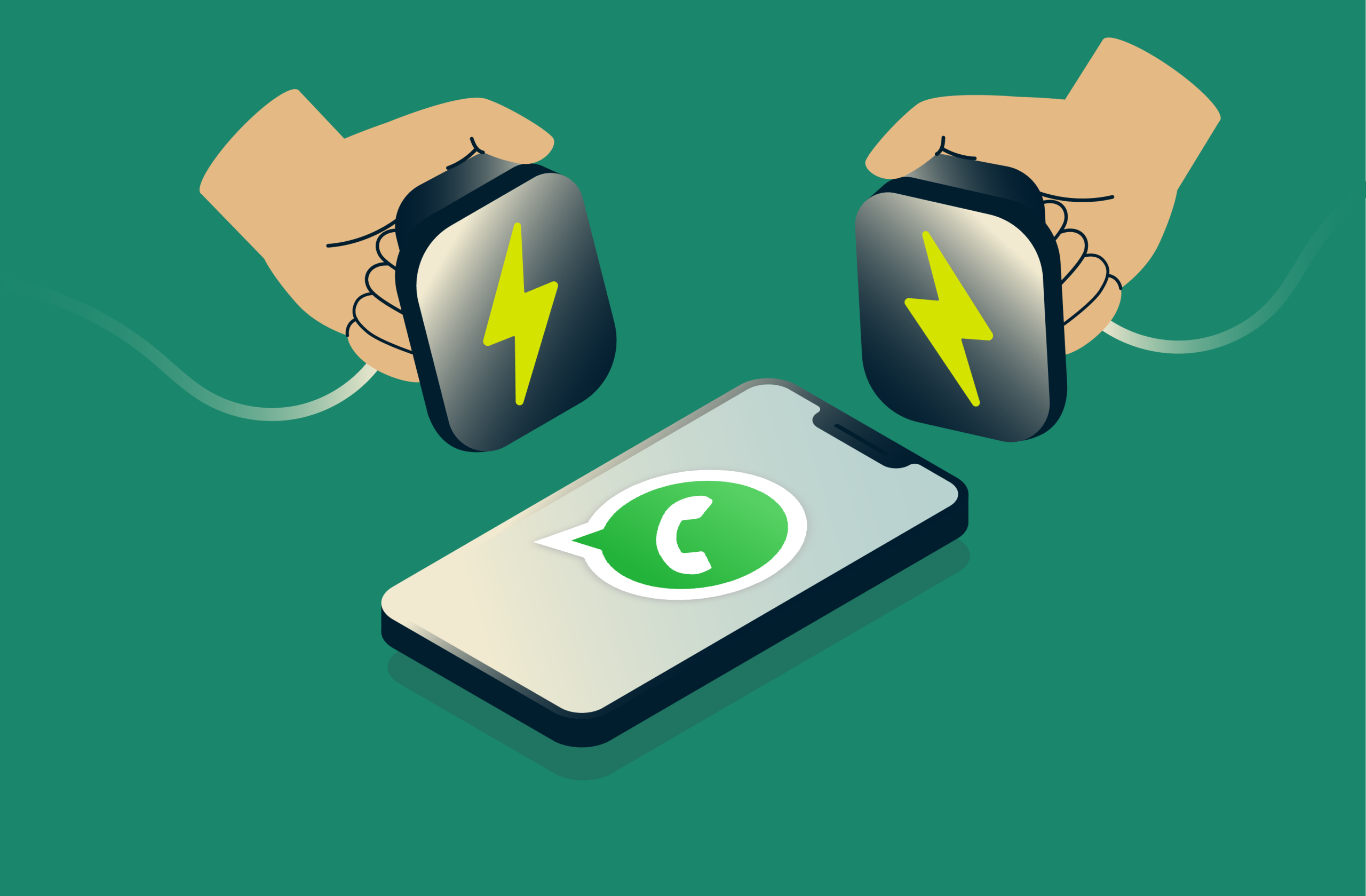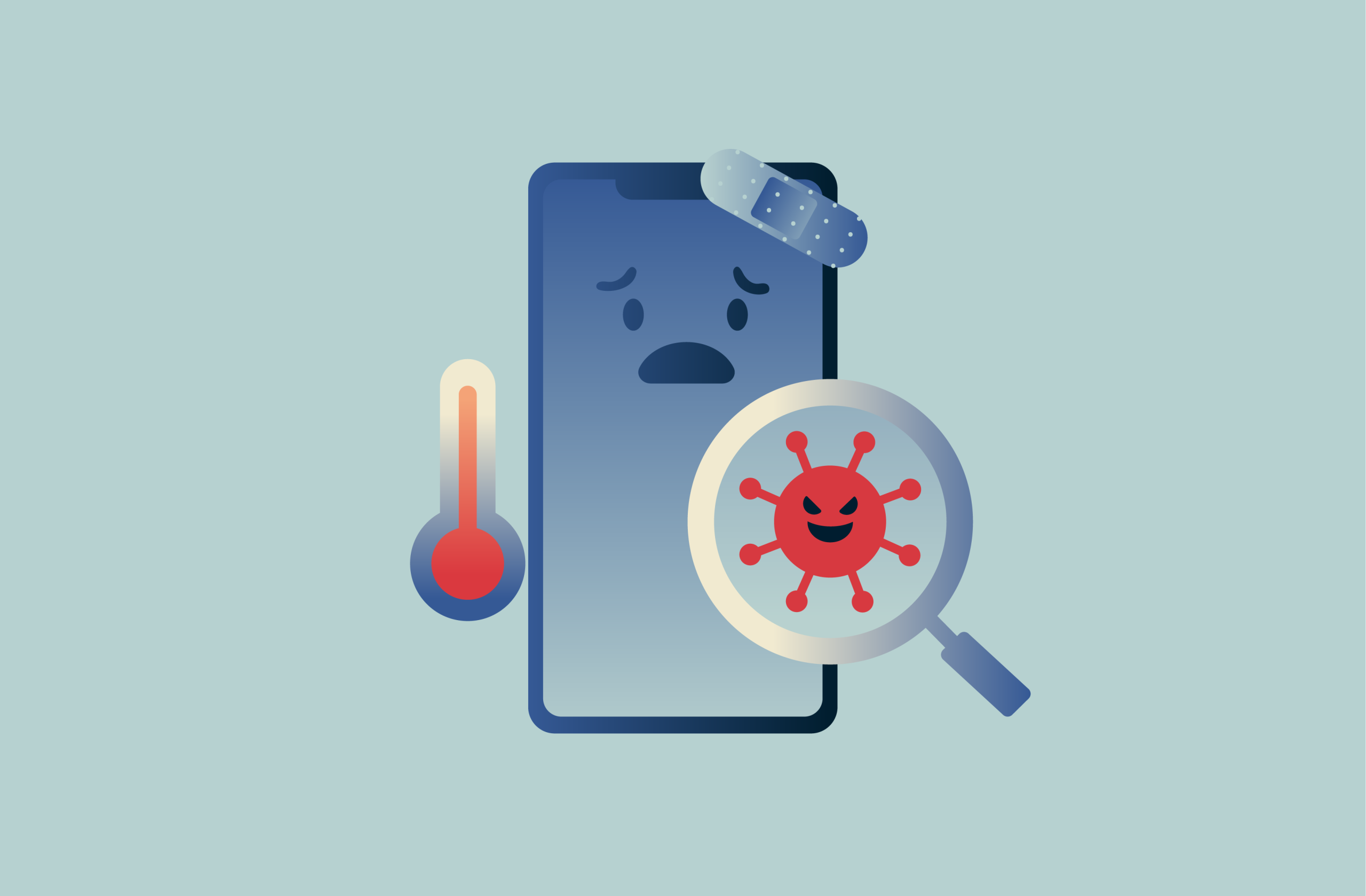ExpressVPN blog
Your destination for privacy news, how-to guides, and the latest on our VPN tech

Latest Posts
-

Static IP vs. dynamic IP: Key differences, pros and cons, and which one you need
When you connect to the internet, your device gets an IP address, but did you know there are different types? Static and dynamic IPs might sound like tech jargon, but they play a big role in how you c...
-

What is wardriving, and how does a VPN help protect you?
Wi-Fi is very convenient, but it’s also very much public. This comes with inherent vulnerabilities. Malicious actors use a practice called wardriving to silently gather data about nearby wireless ne...
-

How to recover a hacked WhatsApp account
While WhatsApp is one of the safer messaging apps, it’s not 100% immune to hacking. A cybercriminal could send you a malicious link, construct a social engineering scam to trick you into revealing y...
Featured
See AllFeatured Video
-

Top 10 video games that will change how you view privacy
If you love online gaming and are interested in privacy, check out these video games that involve hacking, cybersecurity, and surveillance. Not only are they fun, but they’re designed to give...






